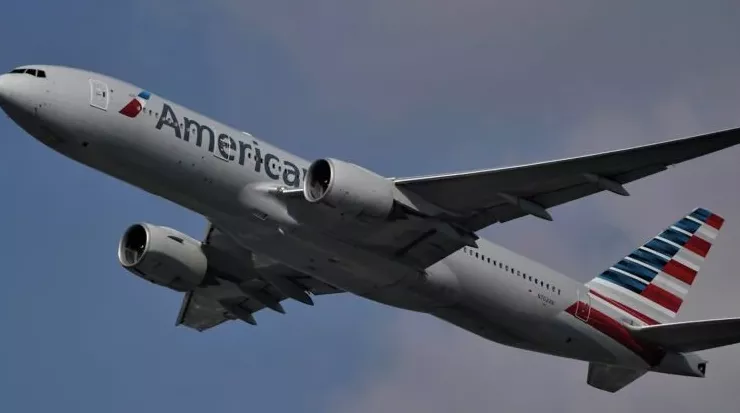Airline tickets have become increasingly expensive over the years, leaving many travelers wondering about the reasons behind these rising costs. Several interconnected factors contribute to the high prices of air travel, including operational expenses, demand fluctuations, pricing strategies, and external economic influences. This article explores these elements to provide a comprehensive understanding of why airline tickets are so expensive.
Operational Costs
Fuel Expenses
One of the most significant operational costs for airlines is fuel. Fluctuations in global oil prices directly impact the cost of aviation fuel, which constitutes a substantial portion of an airline’s expenses. When oil prices rise, airlines face increased fuel costs, which are often passed on to consumers through higher ticket prices.
Aircraft Maintenance and Crew Salaries
Maintaining aircraft and compensating flight crews are ongoing expenses for airlines. Regular maintenance ensures safety and compliance with regulatory standards, while competitive salaries attract skilled pilots and crew members. These costs are integral to airline operations and influence ticket pricing.
Demand and Supply Dynamics
Seasonal and Peak Travel Periods
Airlines adjust ticket prices based on demand fluctuations throughout the year. During peak travel seasons, such as holidays and summer months, demand for flights increases. To capitalize on this heightened demand, airlines often raise ticket prices, leading to higher costs for travelers during these periods.
Route Popularity and Competition
The popularity of specific routes and the level of competition among airlines also affect ticket prices. On routes with high demand and limited competition, airlines can maintain higher fares. Conversely, increased competition on certain routes can lead to more competitive pricing, benefiting consumers.
Pricing Strategies
Yield Management
Airlines employ yield management techniques to maximize revenue by adjusting prices based on booking patterns and demand forecasts. This strategy involves offering varying prices for the same flight, aiming to sell seats at the highest possible price point without exceeding demand. While this approach can lead to lower prices for some travelers, others may face higher fares as a result.
Price Discrimination
Price discrimination allows airlines to charge different prices to different customers based on factors such as booking time, flexibility, and class of service. For example, business travelers who require flexible schedules may pay higher fares, while leisure travelers who book in advance might secure lower prices. This practice enables airlines to cater to various market segments but can contribute to perceived fare disparities.
Additional Fees and Charges
Beyond base ticket prices, airlines often impose additional fees for services such as checked baggage, seat selection, and onboard amenities. These ancillary fees can significantly increase the overall cost of air travel, sometimes surpassing the base fare itself. While these fees allow airlines to offer lower base fares, they can lead to higher total expenses for consumers.
Economic Factors
Inflation and Operating Expenses
General economic conditions, including inflation, influence the cost of goods and services, including air travel. As operating expenses rise due to inflation, airlines may adjust ticket prices to maintain profitability, contributing to higher fares for consumers.
Labor Costs and Strikes
Labor-related issues, such as negotiations for higher wages or potential strikes, can disrupt airline operations and increase costs. To offset these expenses, airlines may raise ticket prices, affecting travelers’ budgets.
Regulatory and Environmental Factors
Taxes and Fees
Government-imposed taxes and fees add to the cost of air travel. These charges are often included in the ticket price and can vary by country and route, influencing the overall fare that consumers pay.
Environmental Regulations
Increasingly stringent environmental regulations require airlines to invest in cleaner technologies and offset carbon emissions. While these measures aim to reduce the industry’s environmental impact, they can lead to higher operational costs, which may be reflected in ticket prices.
Impact of Global Events
Economic Downturns
During economic downturns, airlines may experience reduced demand as consumers cut back on discretionary spending, including travel. In response, airlines might reduce flight offerings or increase fares on remaining flights to maintain revenue, leading to higher ticket prices.
Pandemics and Health Crises
Health crises, such as the COVID-19 pandemic, have profound effects on the airline industry. Travel restrictions, reduced demand, and increased health and safety measures lead to financial losses for airlines. To recover costs, airlines may raise ticket prices, impacting travelers’ affordability.
Conclusion
The expense of airline tickets results from a complex interplay of factors, including operational costs, demand and supply dynamics, pricing strategies, additional fees, economic conditions, regulatory requirements, and global events. Understanding these elements provides insight into why air travel can be costly and highlights the challenges airlines face in balancing profitability with consumer affordability.

